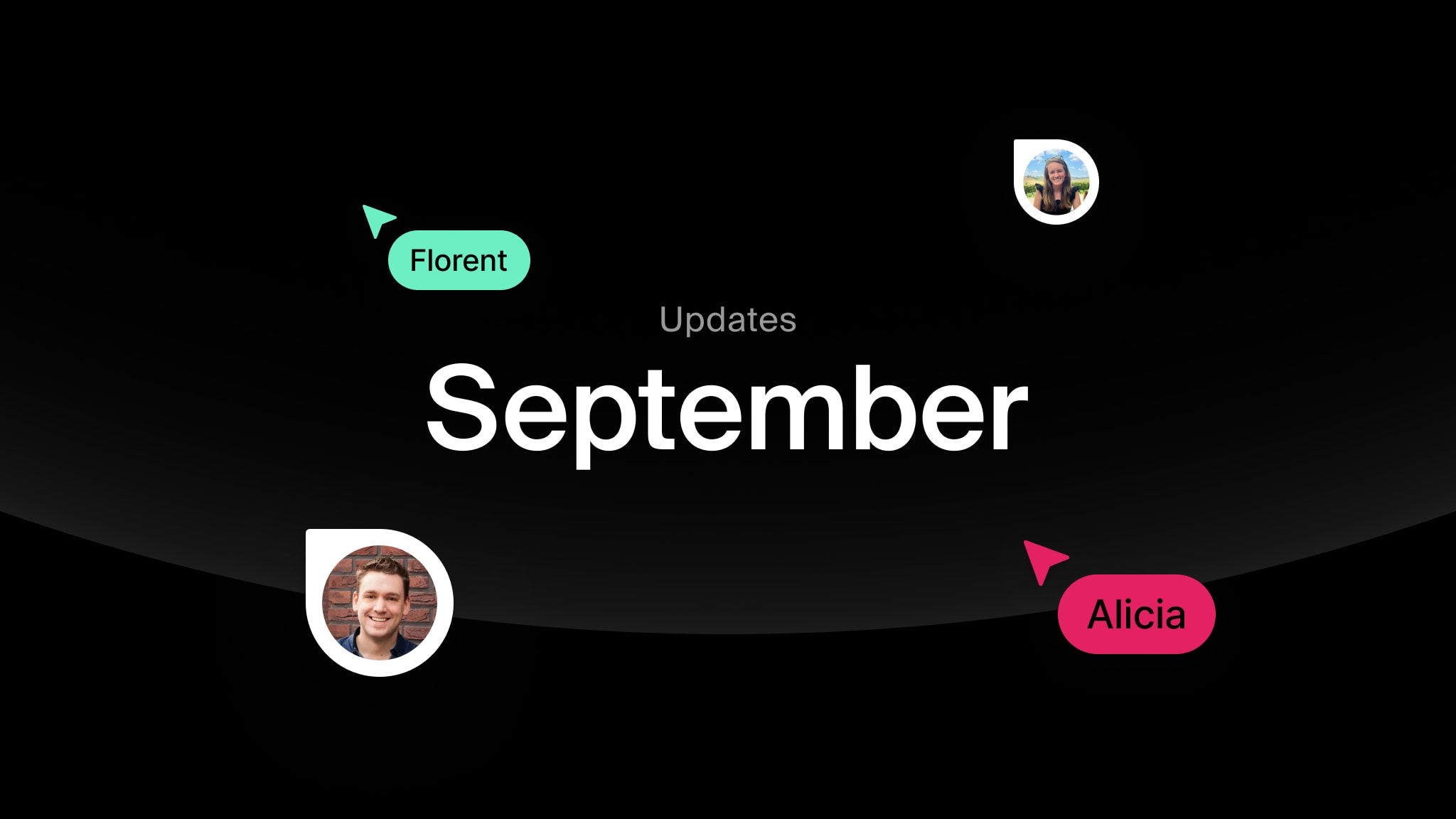Propeller used Liveblocks to make their 3D maps collaborative in just days
With Liveblocks, Propeller was able to quickly add realtime collaboration to their 3D maps, enabling them to ship this experiment in production to learn quickly from their customers.

Context
Propeller Aero is a global leader in smart survey technology that civil contractors use to boost productivity on the worksite.
Their core product is a software product called Propeller Platform, which transforms survey data into interactive maps that project teams can use to streamline critical workflows and access insights on their own. The platform is fed by data collected by drones that regularly survey the construction site, take a myriad of photos, and stitch that into a 3D model.
In addition to the drones, they have two hardware product offerings their customers can purchase to increase precision and accuracy:
- AeroPoints, used for smart ground control points for higher-precision drone mapping,
- DirtMate, for tracking fleets’ location and volume measurements in real time.
Large contractors that provide pre-construction services typically have a Survey Manager who leads the team in creating survey plans for engineering and construction projects. Their responsibilities include preparing reports, presenting right-of-way plans, and performing fieldwork. While Survey Managers use Propeller to expedite surveys and maintain a high level of accuracy, their colleagues in the field and office who consume the data after it’s been processed are the primary end users. Once all the data is loaded into the platform, it can help streamline the workday of everyone involved in managing construction projects.
Challenge
Propeller's product team maintains regular communication with their customers and users to ensure a best-in-class experience. By aligning their customers' wants with their actual needs, they can introduce or enhance features that are both essential and appreciated, streamlining worksite management for all stakeholders.
One pattern the team observed was that customers would print out the latest imagery from a drone flight, place it on a table, and then start circling and drawing to communicate the plan of actions that needed to be taken on a worksite involving multiple individuals.
This means that people who have heavily invested in a 3D drone mapping service are pausing their workflow in Propeller Platform to use an analog document for brainstorming and ideation.
Do you see the missed opportunity here?
One of the fundamentals of product discovery is to iterate quickly and test assumptions with real users as soon as possible: “fail fast but learn fast.” Unfortunately, building a digital collaborative experience from scratch requires a heavy investment of time and effort to implement, host and maintain a collaboration infrastructure.
We started looking into building a service ourselves, using WebSockets and all these things. We looked at a few solutions we would have had to host ourselves but we didn’t really want to because it’s a whole lot of work and it’s a really difficult problem. This was a very new problem to us, our engineering team had different levels of experience in synchronization in realtime as a whole.Jye LewisEngineering Manager at Propeller Aero
Read on to discover how Propeller used Liveblocks to create a collaborative product in just 45 minutes.
Solution
Propeller’s backend is based on a microservices architecture to independently separate their business logic into single services. Similarly, they have micro frontends with their core platform in React, using WebGL for rendering.
Propeller uses React, and to enable realtime collaboration without adding too many dependencies to their codebase, they installed the @liveblocks/react package.
This package, combined with Liveblocks’ conflict-free data types, allowed them to synchronize the document’s state between users so that everyone could view and edit the same data in realtime.
Results
In just 45 minutes, they developed a collaborative, conflict-free drawing experience in a 3D environment and tested it with identified customers to quickly gather feedback.
Now, survey managers can create multiple markups on a map and everyone currently viewing the map will see the list update in realtime.
They can choose to join one, and if they do, they will see all changes instantly and be able to participate. The drawing will be rendered to all participants regardless of the 3D angle of their map.
The experiment is ongoing, with continuous updates being made to meet the true needs of users. Thanks to Liveblocks, they were able to quickly launch this experiment and iterate on it. Users are asking for more collaborative features to work more efficiently with remote people and clients. Propeller is now confident in relying on Liveblocks to add new collaborative experiences across the product in the coming months.
A super underrated and unexpected victory with Liveblocks is not maintaining infrastructure. We have a significant Kubernetes cluster and a whole infrastructure team. However, most of that infrastructure is REST APIs, which are easier to maintain and scale than websockets based services. We’re super appreciative of not having to maintain that aspect of the application. We can just focus on the front end and have the collaboration infrastructure handled by Liveblocks.Jye LewisEngineering Manager at Propeller Aero



